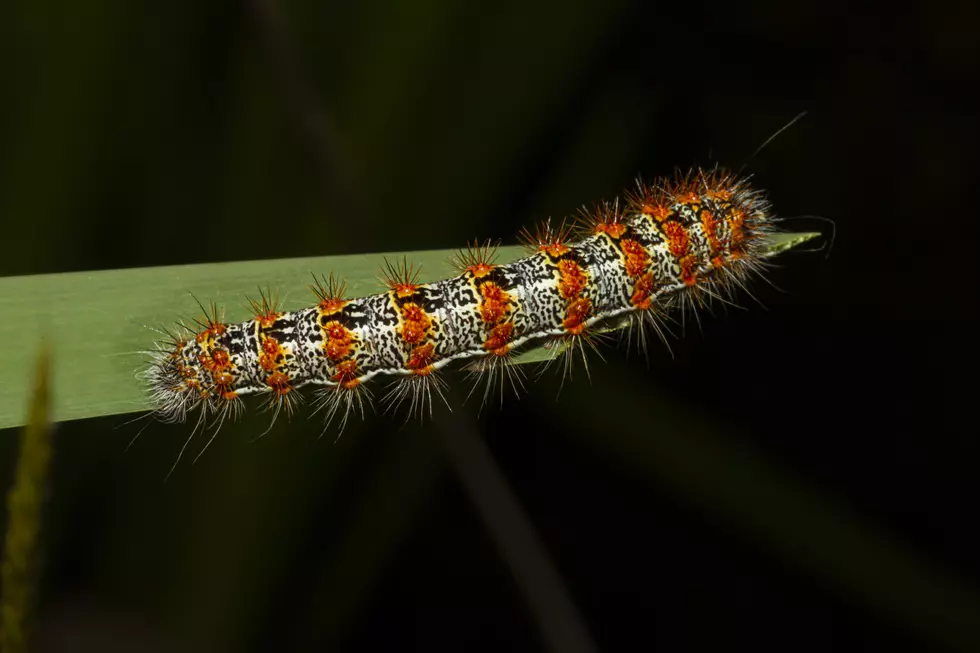
Moths Formerly Known as Gypsy Prepare For Litchfield County Leaf Feast
I remember my grandfather climbing trees in our backyard with a small cup of gasoline. He used to climb up a ladder with a lit cigarette in his mouth, pour a small bit of gas on big, milky-white, cotton candy-looking caterpillar nests, use the butt to light it up, and lean back and watch them burn, until they were all crispy little critters.

That was in the 1970's, when they were known by as "Gyspy Moths". That is, up until recently, now those little caterpillars and moths are known as Spongy Moth. The Entomological Society of America has removed the name "Gypsy Moth" due to its use of a derogatory term for the Romani people. Just yesterday, the Connecticut Agricultural Experiment Station and the Connecticut Department of Energy & Environmental Protection issued a cautionary press release to residents in Northern Litchfield County, particularly Sharon and Cornwall, warning us that we should anticipate a heavy presence of hungry Spongy Moth Caterpillars in the coming weeks.
That's bad, because these hungry little buggers are going to stuff as many hardwood tree leaves in their gobs in their path. According the press release, spongy moth caterpillars defoliated 156,000 acres here in Connecticut in 2020, and 45,548 acres in Litchfield County alone in 2021. Oaks are their preferred, but a mighty army will devour almost anything with green leaves, even needles.
We do have an enemy for the caterpillar army, a fungus, Entomophaga maimaiga, which is a naturally occurring soil borne fungus that is lethal only to spongy moth caterpillars. At least we got that going on for us.
If you see an infestation on your property, be safe, don't be like my grandfather. The CAES and CT DEEP urge you to hire a certified arborist, or licensed pesticide applicator to protect your beautiful landscape.
Did You Know That These Celebrities Are Kent School Alumni?
Vintage Travelogue Reveals Connecticut in the 1960's
Culinary Diversity Abounds Along Connecticut's Rt. 202
More From WRKI and WINE









